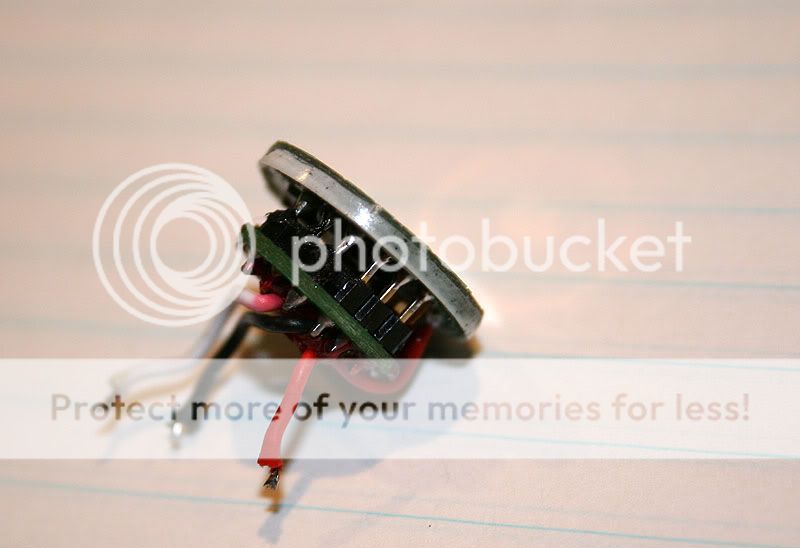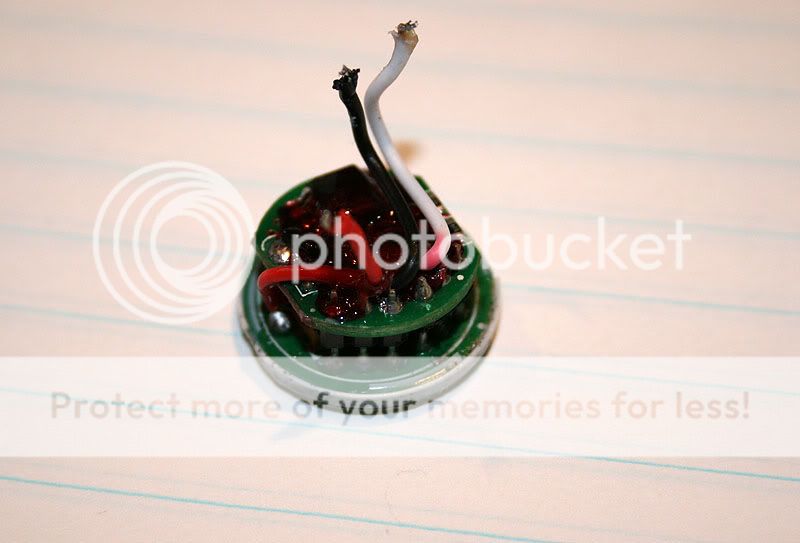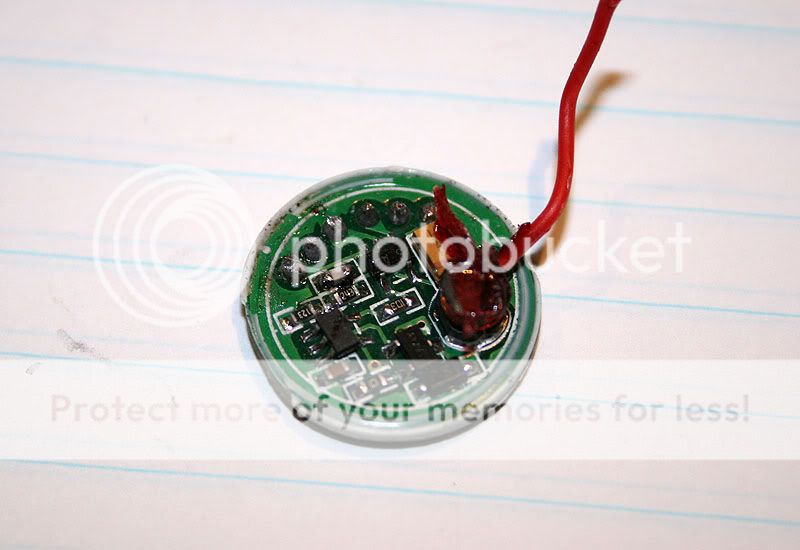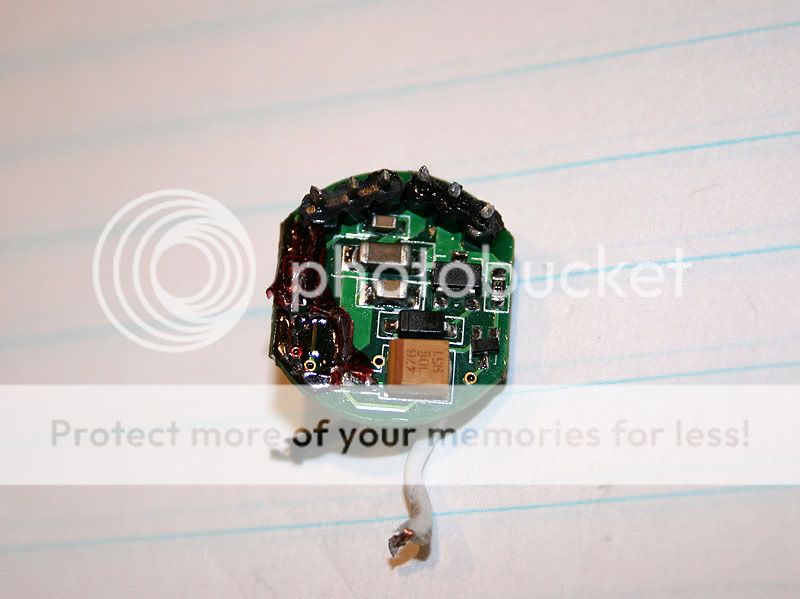wyager
Flashlight Enthusiast
- Joined
- Feb 10, 2010
- Messages
- 1,114
So, both my fenix and quark have 5 or so small contact points in the head... what are these for? Factory programming? Sorry if this is a dumb question, I've just never heard them mentioned....






 I'm gonna go read about your mod now....
I'm gonna go read about your mod now.... , but I can't remember for sure. As you can see, I quickly put the soldering iron down and reached for the cutters to separate the boards
, but I can't remember for sure. As you can see, I quickly put the soldering iron down and reached for the cutters to separate the boards